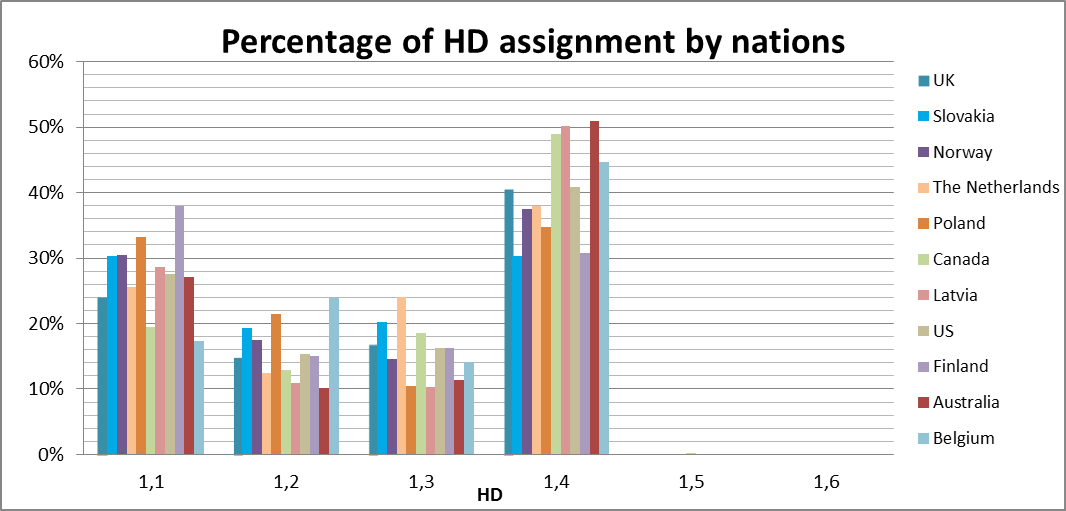Hazard Classification Trainee Project
MSIAC maintains a Hazard Classification (HC) database with 14 contributing nations. The database is accessible through the MSIAC weblink. At the present time, the MSIAC HC database contains the nations’ data in separate files. Each nation has its own report structure and format that makes searching difficult and time-consuming. MSIAC has plans to develop a database tool for HC that would contain all the nations’ data and enhance the work on HC; the MSIAC HC Database Exchange (MHCDx).
Adrien Leroy from ENSTA started June 12 a 3 month trainee project at MSIAC, under the guidance of TSOs Martijn van der Voort and Martin Pope. The project aims to bring an analysis of current MSIAC HC database, and to focus on HC differences. This analysis will be used to make recommendations for the future automated MHCDx. In the project visits were made to the WTD 91 in Meppen (hosted by Dr. Thomas Malyusz), and Paris (hosted by Yannick Le Sciellour). There Hazard Classification process was discussed and test faciltities visited.
A general overview of the nations’ data shows that some reports are outdated. The overview also pointed out that there isn’t a single article classified as HD1.6, and only a few articles are classified as SsD1.2.3 (61 in total). The figure below gives the distribution of HC data for the various nations.

Nevertheless, the trend concerning the development of SsD1.2.3 and IM in general is encouraging. For most nations, HD1.4 has more articles than any other Hazard Division (HD) (about 1/3 of total number of articles). Then, a correlation has been made between HDs and Compatibility Groups (CG). Most HD1.1 articles are CG D, while most HD1.3 articles are CG C (e.g. rocket motors) and G (e.g. flares). For HD1.4, CG S occurs the most, but also C ad G. For HD1.2 there’s not a clear trend. A more precise study of the data brought to light examples of differences in HD, CG and Net Explosive Weight (NEW). These differences impact QD calculation and mixing rules for the storage of A&E.
MHCDx could be a great support to enhance safety and develop work on HC. This tool would be useful to warn countries concerning munitions related to accidents. With a further exchange of information like test reports, MHCDx could potentially save time and money.


